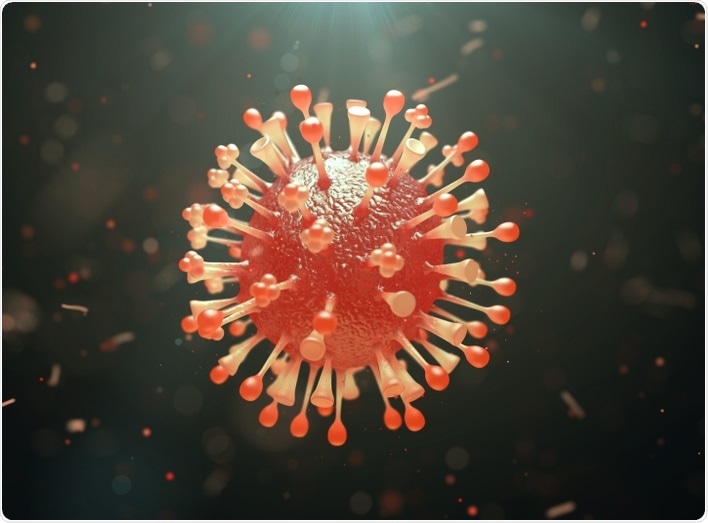Researchers have created and tested a miniature virus-scanning device for smartphones, which offers a more practical and financially feasible option for assessing the presence of biomarkers, a process that has traditionally required large and expensive equipment.
 pinkeyes | Shutterstock
pinkeyes | Shutterstock
Yoshihiro Minagawa from the University of Tokyo is behind the new device, called MobIP, which aims to make diagnosis and disease prevention easier for communities in hard to reach areas that may not have the funds to access leading virus detection equipment.
I wanted to produce a useful tool for inaccessible or less-affluent communities that can help in the fight against diseases such as influenza. Diagnosis is a critical factor of disease prevention. Our device paves the way for better access to essential diagnostic tools.”
Yoshihiro Minagawa, Developer
The new device operates with a smartphone inserted into the top so that its camera looks through a small lens and into the inside of the device. Minagawa and his research team developed a smartphone app that would then show the collection of viruses, held in place in minuscule cavities and made visible with LED lights. These cavities are just 48 femtoliters (quadrillionths of a liter) in size.
Only cavities with viruses inside are lit up for the camera to pick up through a special design concerning the surface and fluid inside the cavities, or reactors, as they are also known.
As the study explains, “To achieve low noise fluorescence imaging with a simple optical setup, we employed evanescent field illumination by introducing incident light from the side of a femtoliter reactor ray device (FRAD).
As explained by the study, published in the Royal Society of Chemistry’s journal Lab on a Chip, “positive reactors entrapping single target molecules accumulate fluorescent dyes in a short period of time, producing a high fluorescence signal that is distinct from the background signal.”
Minagawa explained the advances his device has made against current virus detection equipment.
“Given two equal samples containing influenza, our system detected about 60 percent of the number of viruses as the fluorescence microscope. But it’s must faster at doing so and more than adequate to produce good estimates for accurate diagnoses,” Minagawa said.
“What’s really amazing is that our device is about 100 times more sensitive than a commercial rapid influenza test kit, and it’s not just limited to that kind of virus.”
Although Minagawa notes that there are further improvements to be made to the device, including optimizing the optical system to improve spatial distortions and resolution, his study states that his new device is “suitable for a new generation of point-of-care testing, enabling extremely sensitive detection of the influenza virus, and therefore diagnostic tests at the early phase of infection.”
This is now possible because smartphones and their embedded cameras have become sufficiently advanced and more affordable. I now hope to bring this technology to those who need it the most. We also wish to add other biomarkers such as nucleic acids – like DNA – to the options of things the device can detect. This way we can maximize its usefulness to those on the front line of disease prevention, helping to save lives.”
Journal reference:
Minagawa, Y., et al. (2019). Mobile imaging platform for digital influenza virus counting. Royal Society of Chemistry. https://pubs.rsc.org/en/content/articlelanding/2019/LC/C9LC00370C#!divAbstract